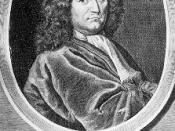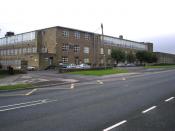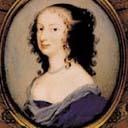The scientific revolution of the 16th and 17th centuries saw a surge of women into the field of science. However, women were not allowed to attend universities and because, of this women had to obtain education informally the best way they could. European noblemen were free to pursue an interest in science as a hobby; but on the other hand noblewomen had to take part in the informal scientific networks of only their fathers and brothers.
During the 17th century Margaret Cavendish took part in some of the most important scientific debates of that time. She wrote a number of works on scientific matter, including Observation upon Experimental Philosophy and Grounds of Natural Philosophy. As an aristocrat, Cavendish was a good example for the women in France and England who worked in science.
Maria Winkelmann was one of GermanyÃÂs most famous female astronomers. Between 1650 and 1710, women made up 14% of all German astronomers.
Winkelmann was educated by her father and uncle receiving informal training from a close, self taught astronomer. She married Gottfried Kirch, PrussiaÃÂs foremost astronomer which opened the doors for her to become an astronomer as well. She became her husbandÃÂs assistant at the astronomical observatory in Berlin at the Academy of Science. During her time as her husbandÃÂs assistant she made many original contributions, including the discovery of a comet. When her husband died she applied to be the assistant astronomer at the Academy, but because she didnÃÂt have a formal education and a degree she was denied, even though she was more then qualified for the job.
During this time period women faced huge obstacles being accepted in the scientific world. Women were never invited to neither the Royal Society of England nor the French Academy of Sciences until the twentieth century.
Men of...


